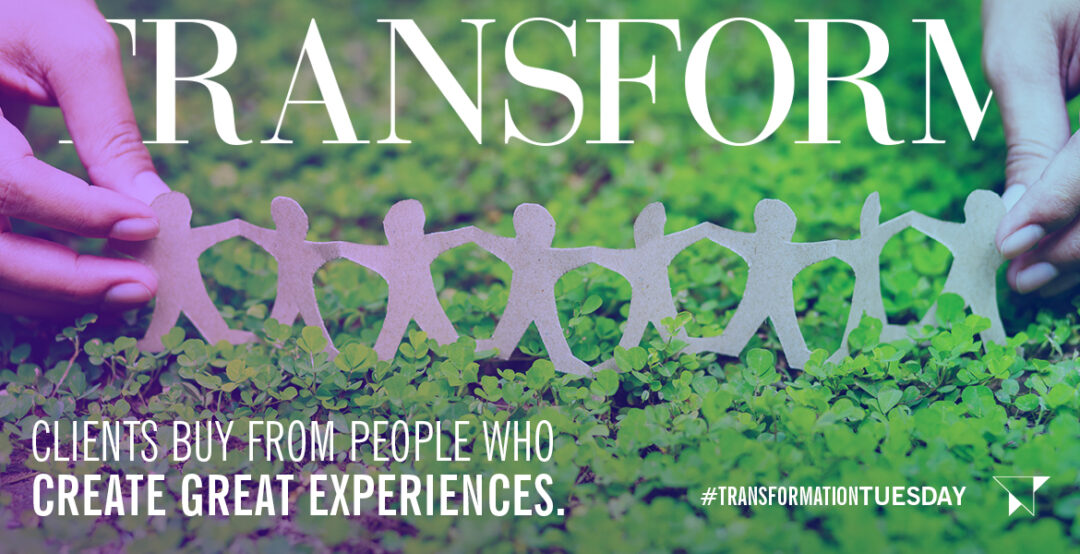Last week, we learned the first five approaches to making the workplace more human shared in the book Bring your Human to Work: 10 Surefire Ways to Design a Workplace That’s Good for People, Great for Business, and Just Might Change the World by Erica Keswin. Did you put any of them into action last week? Below are the remaining five.
6. Give Back – Giving back to your community and doing activities that align with your values and mission inspires and engages employees AND helps them create a sense of meaning and purpose for their lives. There are many ways to give back, and when you involve your clients, friends and family, it’s even more powerful!
7. Disconnect to Reconnect – Human beings need a break. Neuroscientists confirm this, showing that “allowing our brains to take a break from the constant stimulation of productivity benefits us in many ways.” The desire to create “work-life balance” is often a platitude in organizations: leadership says they want it, but they model just the opposite. If you really want to get this right, start with incorporating this into your values and then challenge your leadership to find the balance first. Take little steps like not responding to emails or expecting employees to respond to emails before and after a certain hours each day. My two famous sayings on this are: “There are few, if any, emergencies that can’t wait until dawn! Define what a true emergency is and then everything else can be handled as soon as possible,” and “We teach people how to treat us, and we can reteach them as well.” Retraining starts with communicating your intention to disconnect and then setting clear expectations for the hours when you will be available to respond to their questions or needs.
8. Space Matters – The rise of open seating in offices has increased employees’ dissatisfaction at work. “A survey by Steelcase Furniture discovered that only 11 percent of workers surveyed were highly satisfied with their work environment. On the other hand, office environments that foster connection can raise employee productivity by at least 25 percent.” The answer is not only to have open seating but to be sure that you have clearly defined ground rules for open-seating workspace, a place where conversations with others can be separate from the open area, and opportunities to talk about how the open work area is supporting or not supporting productivity.
9. Take Professional Development Personally – Daniel Pink, in his book, Motivation 3.0, states that the three things that motivate employees are autonomy, meaning and mastery. Organizations that build in a value of personal mastery, continuous learning, and growth and development communicate to their employees that they, the employees, are the organization’s greatest assets. Bottom line is that when individuals are learning, the organization is growing, too. Mastery comes in many forms. Ask your employees how they want to grow and develop; build a robust program that is adequately funded so that employees can tap into it; and lastly, build in accountability not just for sharing what was learned but for applying it to one’s job, solving a problem, or creating a new opportunity, product or service. This is the recipe for success!
10. Say Thank You – While so easy to do, our attention is often drawn each day to the next crisis, a problem that needs to be solved, or our task list. A simple “thank you” goes a long way with any human being. In the workplace, because employees are being paid to work, showing up, performing work, and doing what is expected of you is a given and some may ask, “Why should I need to always say thank you?” First, it’s just common courtesy if someone does something for you or another that was helpful. Second, gratitude raises our “feel-good” hormones, and when that happens, employees are more productive. And third, studies show over and over that when employees feel appreciated, they become more loyal, more engaged, and more productive. It’s just good sense!
The good news is that many of these suggestions are relatively easy to implement. The challenge is to see these changes not as one-off initiatives but as a comprehensive workplace initiative that stems from a set of values that support your company’s mission and vision. That makes a good place to work GREAT!
Theresa Gale
PRINCIPAL, TRANSFORM, INC.




